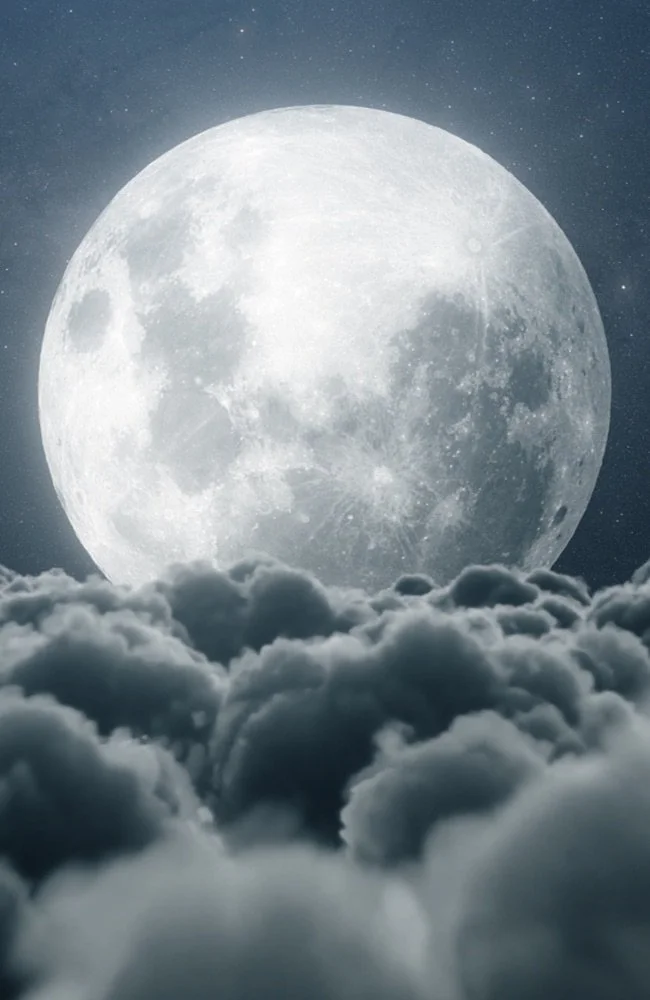Science Lessons for Kids > Outer Space & Planets
14 Space Facts & Trivia Questions for Kids
Calling all aspiring astronomers! If you’re curious about stars, planets, and nebulae, you’re in the right place. Here at Tappity, we have a whole galaxy’s worth of interactive astronomy videos for K-5 astronauts in our app, including an explanation to the perennial question, “How big is the universe?”
So, check out our video explanation on this page or scroll down for more facts about Space!
Astronomy Facts For Kids
Here are some awesome facts about the Universe!
The Moon Doesn’t Change Shape
The Moon doesn’t actually change shape—it just changes its place! See, only one side of the Moon is lit up by the Sun at a time—just like how only one side of the Earth is lit up at a time. The Moon is constantly revolving around the Earth—it goes all the way around once every 27 days. As the Moon goes around us, we’re able to see more or less of the side that is lit up by the Sun.
Mars Has The Tallest Mountain In The Solar System
Olympus Mons on Mars is the tallest mountain in the solar system. It is 3 times taller than Mount Everest, and covers an area the size of Arizona! And in case that wasn’t cool enough, it's also a volcano!
Astronauts Navigate Space in Flying Chairs
The Manned Maneuvering Unit is a chair-like backpack that lets astronauts fly around in space! It uses high-pressure nitrogen to allow astronauts to move for up to 6 hours. It’s a jetpack, it's a backpack, it's a flying chair! A chair-jetpack!
Some Volcanoes Erupt Ice
Not all volcanoes erupt hot lava. A cryovolcano is a volcano that erupts ice! They exist on some moons of Jupiter and Saturn, where it’s really, really cold. They erupt watery mixtures that can be as cold as -177° F, or -116° C.
The Moon is Farther Away Than You Think!
The Moon is a lot farther away from Earth than it’s usually pictured. That’s because if they’re shown as far apart as they actually are, the Earth and Moon look really small. You could fit 30 Earths in between the Earth and the Moon. If the Earth were the size of a yo-yo, and your hand were the Moon, the string would be as long as a fully-grown adult.
Outer Space Trivia for Kids
Test your space knowledge!
-
Scientists believe the Moon used to be part of the Earth! They theorize that 4 billion years ago, another early planet smashed into the Earth, making a huge explosion and blasting off debris that eventually became the Moon.
-
Yes! Mercury, Venus, and Mars all have volcanoes. And it’s not just planets - Jupiter’s Moon Io has more volcanic eruptions than anything else in the Solar System!
-
Soon, we might be able to! NASA and other space agencies are currently working to establish the very first lunar base sometime in the next 10-20 years. When the base is complete, astronauts could live on the Moon for up to 2 months at a time.
-
Yes! Astronauts on board the International Space Station live in space conducting science experiments for 6 months at a time, like how to grow plants in space. There are four astronauts living up there right now! Wonder if they’re reading this, too?
-
Scientists believe the universe is infinite—meaning it goes on literally forever! But we’re never actually going to be able to see most of it. Why? Because the universe is constantly expanding, and for stuff that’s far enough away, that expansion means the light from whatever’s out there will never reach us.
-
Earth’s atmosphere (commonly known as “air”) gets more and more spread out the farther you get away from Earth’s surface. That makes defining an exact “beginning” of space pretty tricky. The International Space Station orbits about 350 km above the Earth’s surface, but even that’s in the second-highest layer of the atmosphere, called the Thermosphere (maybe it should be called the International Thermosphere Station). If you really want a boundary, though, international space treaties commonly use something called the Kármán line. The Kármán is an imaginary boundary defined to be at 100 km above sea level.
-
Astronomers—scientists who study space—estimate that there are at least 100 billion planets in our galaxy. Of these, astronomers have confirmed the existence of a little more than 5,000 of them. And of those, almost 60 are potentially habiable, according to NASA.
-
The Milky Way Galaxy is shaped like a spiral, with multiple arms spinning around. It is around 100,000 light years across - that means if you turned on a flashlight at one end of the Milky Way, it would take the light 100,000 years to reach the other side.
-
If you took everything in the Milky Way and weighed it, it would altogether weigh as much as 1.5 trillion Suns.
Kid-Friendly Ways to Learn More About Space
Play Tappity’s Video Lessons About Planets and Astronomy
Ever wondered why the Moon doesn’t crash into the Earth, or exactly what the Big Bang is? Our library has interactive lessons answering these questions and everything else you could wonder about the universe!
Join Live, Online STEM Classes with Other Kids
Climb aboard the International Space Station or build a space farm! Tappity’s immersive classes and courses blend adventure and discovery to create an unforgettable space-faring experience.
Explore More Science Facts for Kids
From Volcanoes to Velociraptors, we’ve got it all - right here at Tappity.





































